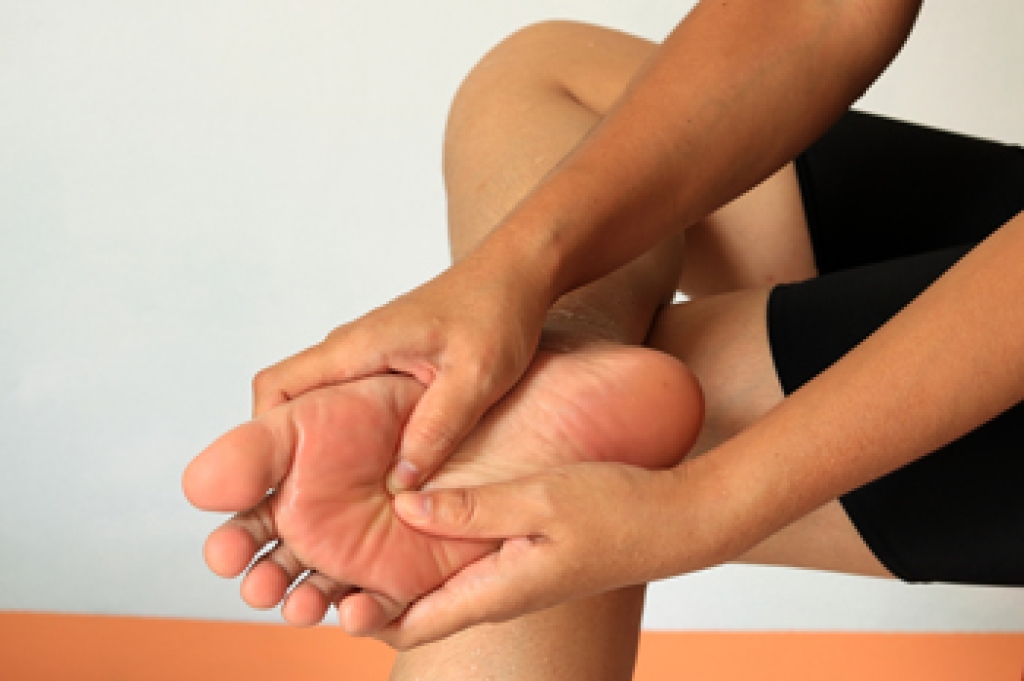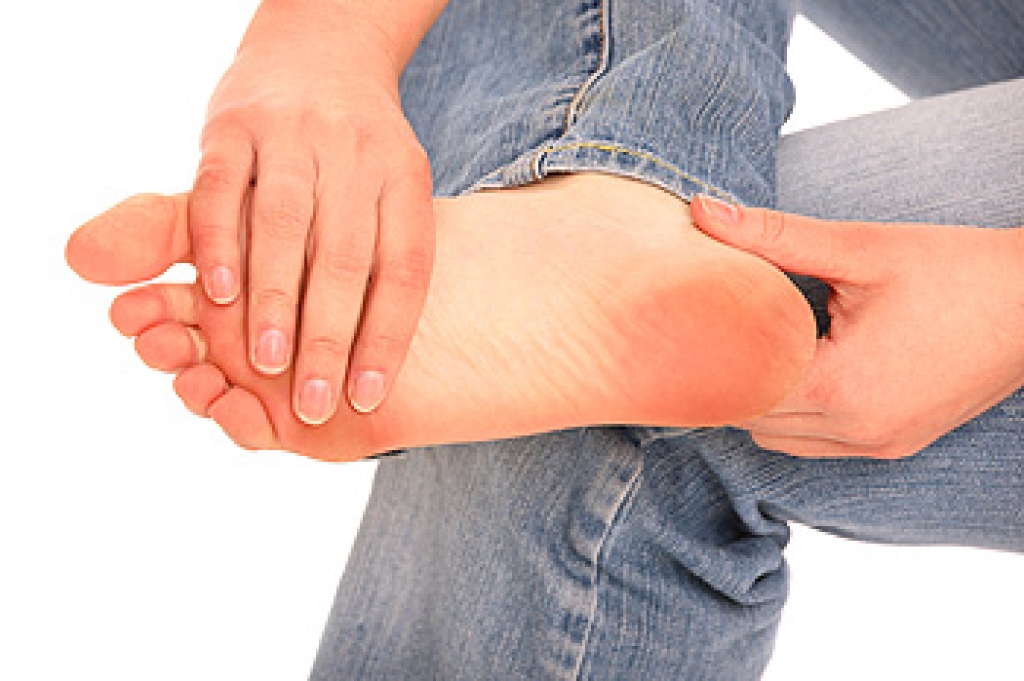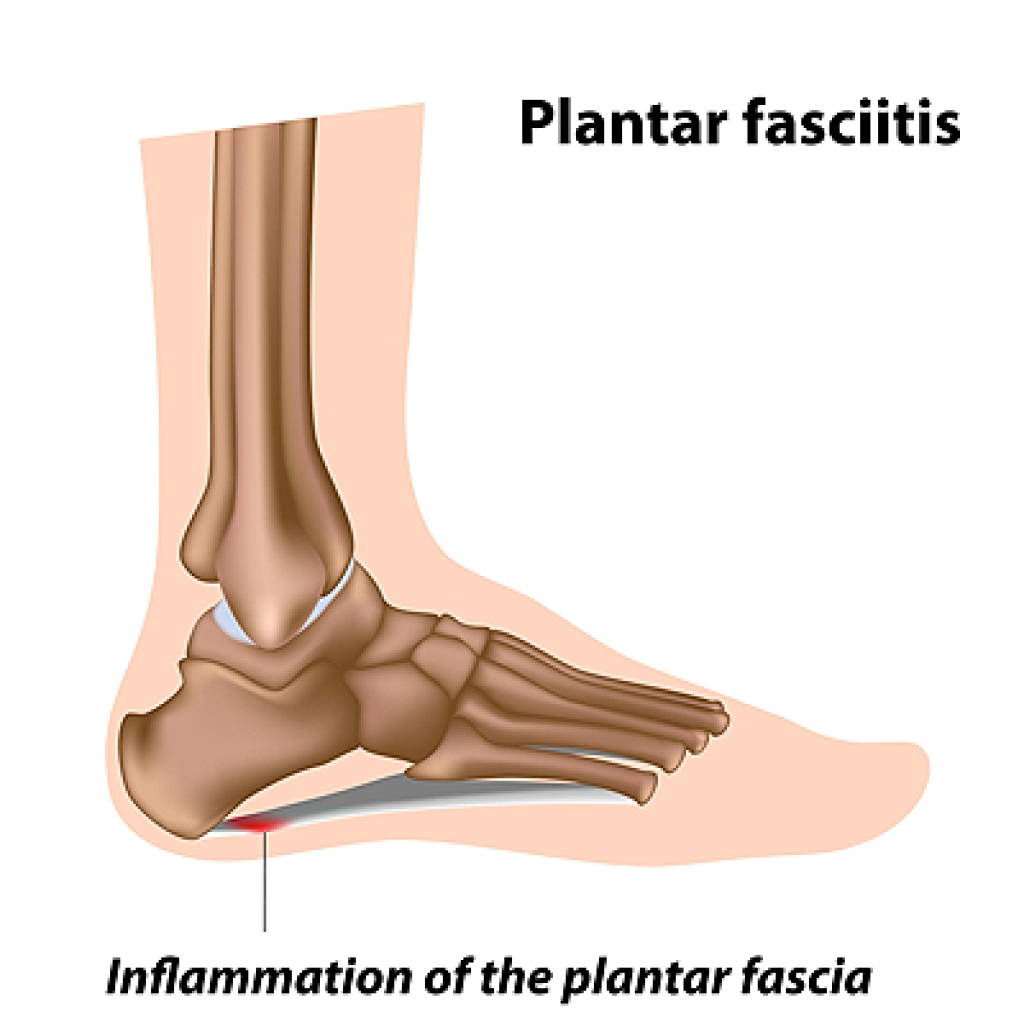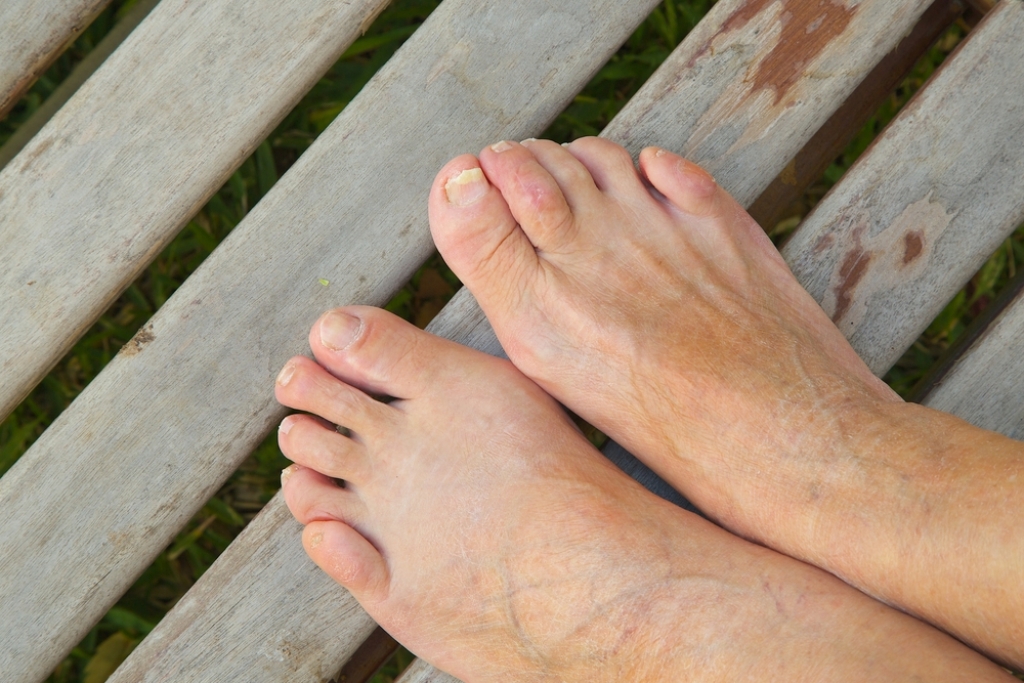 Diabetic patients can be more prone to experiencing complications with their feet. One of these complications can include a condition known as neuropathy. Neuropathy is often linked with nerve damage, which can cause a loss of feeling in the lower extremities. This can be incredibly dangerous for diabetic patients in particular, because they may be more likely to develop infections. If a diabetic patient develops a wound, however it goes unnoticed because of the neuropathy, they may be at risk of getting a foot ulcer. An ulcer is a slow healing, deep open wound that requires immediate attention. If you have diabetes, it is strongly suggested you are under the care of a podiatrist, especially if you have neuropathy.
Diabetic patients can be more prone to experiencing complications with their feet. One of these complications can include a condition known as neuropathy. Neuropathy is often linked with nerve damage, which can cause a loss of feeling in the lower extremities. This can be incredibly dangerous for diabetic patients in particular, because they may be more likely to develop infections. If a diabetic patient develops a wound, however it goes unnoticed because of the neuropathy, they may be at risk of getting a foot ulcer. An ulcer is a slow healing, deep open wound that requires immediate attention. If you have diabetes, it is strongly suggested you are under the care of a podiatrist, especially if you have neuropathy.
Neuropathy
Neuropathy can be a potentially serious condition, especially if it is left undiagnosed. If you have any concerns that you may be experiencing nerve loss in your feet, consult with one of our podiatrists from Manhattan Footcare. Our doctors will assess your condition and provide you with quality foot and ankle treatment for neuropathy.
What Is Neuropathy?
Neuropathy is a condition that leads to damage to the nerves in the body. Peripheral neuropathy, or neuropathy that affects your peripheral nervous system, usually occurs in the feet. Neuropathy can be triggered by a number of different causes. Such causes include diabetes, infections, cancers, disorders, and toxic substances.
Symptoms of Neuropathy Include:
- Numbness
- Sensation loss
- Prickling and tingling sensations
- Throbbing, freezing, burning pains
- Muscle weakness
Those with diabetes are at serious risk due to being unable to feel an ulcer on their feet. Diabetics usually also suffer from poor blood circulation. This can lead to the wound not healing, infections occurring, and the limb may have to be amputated.
Treatment
To treat neuropathy in the foot, podiatrists will first diagnose the cause of the neuropathy. Figuring out the underlying cause of the neuropathy will allow the podiatrist to prescribe the best treatment, whether it be caused by diabetes, toxic substance exposure, infection, etc. If the nerve has not died, then it’s possible that sensation may be able to return to the foot.
Pain medication may be issued for pain. Electrical nerve stimulation can be used to stimulate nerves. If the neuropathy is caused from pressure on the nerves, then surgery may be necessary.
If you have any questions, please feel free to contact our offices located in Manhattan and Brooklyn, NY . We offer the newest diagnostic and treatment technologies for all your foot care needs.




